Kurulus Osman 88 English Subtitle | Turkey TV Series
Kurulus Osman 88 English Subtitle
Kurulus Osman Episode 88 English Subtitle | Turkey TV Series
Facebook Page
THE PALACE
Kurulus Osman Episode 88 English Subtitle Free | Turkey TV Series In the near eastern state the degree of proximity to the sovereign determined the importance of lands and persons. The provinces were the ruler’s ‘well-protected realms’ and the city where he resided was ‘the foot of his throne’ or ‘the abode of his sultanate’. His Palace was the source of all power, favour and felicity. Government was conducted at his gate and its officials were his slaves. The Ottoman Palace in Istanbul, like those of Ctesiphon and Baghdad before it, gave brilliant expression to this idea. Watch All Episode
The Turks, like the Byzantines, never considered an imperial candidate to be the legitimate sovereign until he had secured the capital or the region believed to be the abode of sacred power. With the capture of Constantinople – the seat of the Byzantine emperors – Mehmed the Conqueror considered himself as the legitimate heir to the rulership of the Roman Empire, announcing, as he entered the city, ‘Henceforth my throne is Istanbul’. Kurulus Osman Episode 88 English Subtitle Free | Turkey TV Series
He ordered the immediate construction of a Palace in the centre of the city on the site of the forum Tauri. From 1326 to 1402 Bursa in Asia, and from 1402 to 1453 Edirne in Europe, had been the Ottoman capitals. The new capital bridged the two continents. The Palace was completed in 1455; but the Conqueror soon came to dislike it, feeling insecure in the midst of the city, and in 1459 commanded the construction of a new Palace on a promontory overlooking the Bosphorus and the Sea of Marmara.
By 1464 the main part of the Palace was complete and by 1478 the surrounding walls. The new Palace formed almost a separate city, with gardens, hunting grounds and pavilions, and was for four centuries to remain the residence of the Ottoman sultans. In plan the Palace resembled the old royal residence at Edirne, consisting of an Inner – enderûn – and Outer – bîrûn – section. Over the imperial council room was erected a tower called the ‘Mansion of Justice’, to symbolise the idea that the ruler should see all injustices committed against his subjects.
The sultan spent his private life in the Inner Palace, a wide courtyard which the harem and other apartments surrounded on all sides. All the services and organizations regulating the sultan’s relations with the outside world occupied the second court. Joining the two courts was a portal called the ‘Gate of Felicity’ where the sultan received the people, dispensed justice, conducted government and observed ceremonies from a throne which was set up on these occasions. To the right of the ‘Gate of Felicity’ was the domed chamber where the imperial council met; behind it was the throne room where the sultan received state dignitaries and foreign ambassadors.
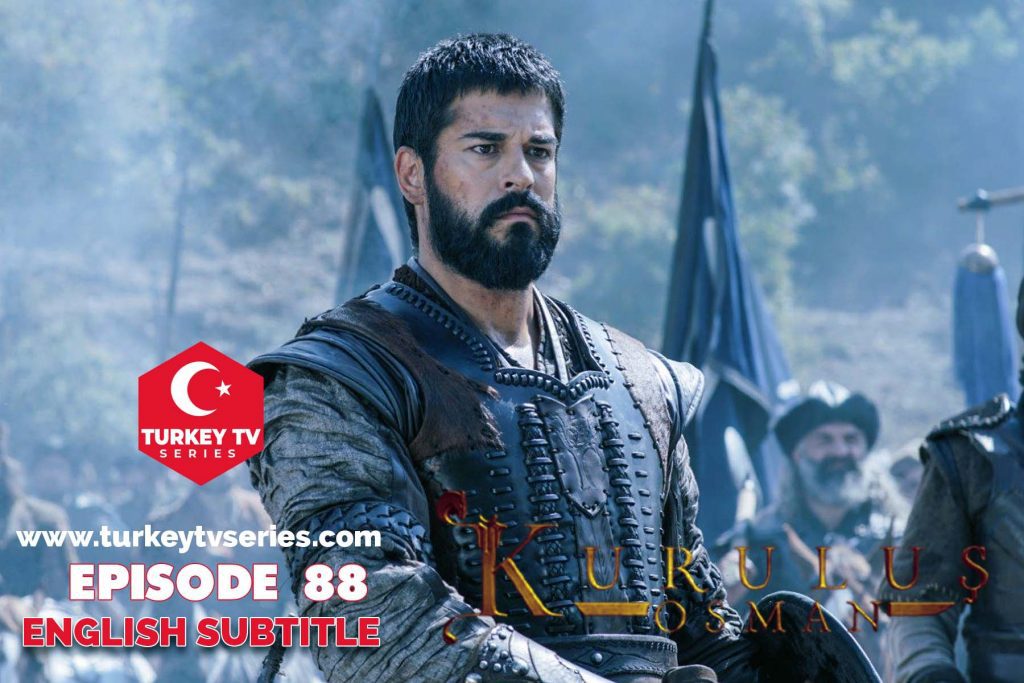
Kurulus Osman Episode 88 English Subtitle Free | Turkey TV Series The sultan’s Palace was the real centre of government. Governors, military commanders and all who exercised the royal authority came from the Palace and were the sultan’s slave-servants. Thus the Palace was more than a royal residence. In it the sultan’s slaves received a special education, after which they were appointed to the high offices of state. This system, known as the kul – slave – system, was the foundation stone of the Ottoman state. Writing in 1537, P.Giovio described a kul as ‘one who, blindly and unquestioningly obeys the will and commands of the sultan’.
As in the Abbasid Empire and the Islamic sultanates in Egypt and Iran, the Ottomans, too, created a slave army and entrusted administrative positions to specially educated slaves, since the sultan, by delegating authority only to those who owed him unquestioning allegiance, assured his own absolute rule. ‘He – the sultan – can elevate them and destroy them without danger.’ In ancient Iran the dominant Achaemenid tribes had possessed large slave armies, and the Turkish and Mongol rulers of central Asia employed the leaders of defeated tribes in their personal retinues. Kurulus Osman Episode 88 English Subtitle Free | Turkey TV Series
The Ottomans adopted the slave system in an intelligent and thoroughgoing manner. Already in the 1430s the scholar Yaz c oğlu could write that a sultan could secure his position only by possessing a Treasury and slaves. At the beginning of the next century Ibn Kemâl was to note that since all the slaves in the sultan’s service were equal, no one of them could dominate the other or covet the sultanate. In Europe, Machiavelli correctly observed that the Ottoman Empire was an absolute monarchy dependent on slavery. Kurulus Osman Episode 88 English Subtitle Free | Turkey TV Series
Pre-Ottoman Islamic states used slaves mainly for military service. The bureaucracy, from whom the viziers were chosen, remained in the hands of native Muslims, particularly ulema. The Ottomans followed the same principle until the middle of the fifteenth century, when Mehmed the Conqueror began to delegate his royal authority mainly to slaves. His grand viziers were all of slave origin until the appointment of Nişancî Mehmed, a bureaucrat from an old Konya family, who appointed bureaucrats and members of the ulema to vizierates.
On the death of the Conqueror, however, the Janissaries, incited by the old pashas of slave origin, murdered Nişanc Mehmed and dragged his corpse through the streets. They forced the new sultan to accept the condition that henceforth he would elevate only men of slave status to the grand vizierate.In the fourteenth century most of these slaves had been prisoners- of-war, since according to the şerîat one-fifth of all prisoners-of-war were the property of the sultan. At the same time children of noble families in newly conquered regions were sometimes taken to the Palace as hostages. The slave markets were another source. Kurulus Osman Episode 88 English Subtitle Free | Turkey TV Series
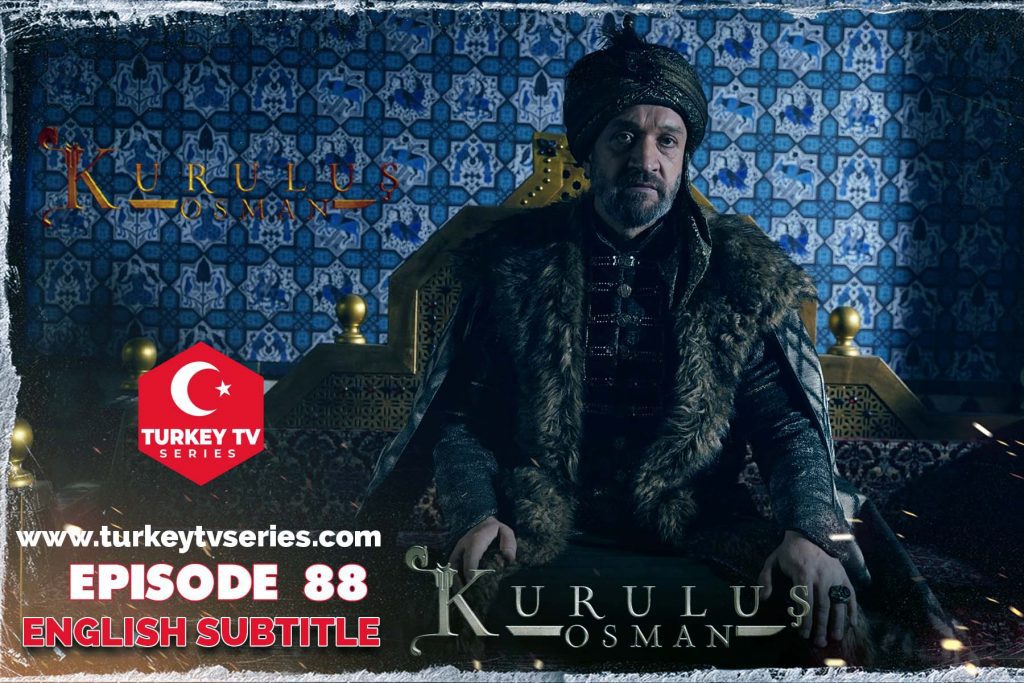
According to one estimate, in the seventeenth century twenty thousand captives a year came into Istanbul alone. However, in the fifteenth and sixteenth centuries a levy on the sultan’s subjects – the devşirme – provided most of the slaves and contemporary records show that this system was in operation already at the end of the fourteenth century. Kurulus Osman Episode 88 English Subtitle Free | Turkey TV Series
In the sixteenth century, when a levy was to be made the sultan’s fermân first appointed a commissioner and a Janissary officer for each district. Under the supervision of the local kâdî and sipâhî, at each village the commission summoned all male children between the ages of eight and twenty, and their fathers, choosing those children who appeared to be fit. The levy included only the children of Christian villagers engaged in agriculture, excluding urban children and any only child. Kurulus Osman Episode 88 English Subtitle Free | Turkey TV Series
The commission recorded each child’s name and description in a register and sent the boys in groups of a hundred to a hundred and fifty to the ağa of the Janissaries in Istanbul.
An Ottoman source of the early seventeenth century1 explains the exemption of Muslim Turks from the devşirme: ‘If they were to become slaves of the sultan, they would abuse this privilege. Their relatives in the provinces would oppress the reâyâ and not pay taxes. They would oppose the sanjak beyis and become rebels.
But if Christian children accept Islam, they become zealous in the faith and enemies of their relatives.’ It was only in Bosnia that families converted to Islam provided children. The government considered the devşirme as an extraordinary levy on the reâyâ, not as the enslavement of its own subjects. It was indeed a harsh measure, and although some families especially in poor, mountain districts, gave the children of their own accord, sources indicate that people usually sought to avoid the devşirme.
There were levies every three to seven years, according to need. One source estimates the number of boys taken annually in the devşirme in the sixteenth century as a thousand; another source sets it at three thousand annually. When the youths arrived in Istanbul the best of them were selected as içoğlans – pages – for the Palace, with the sultan himself sometimes presiding at the selection. Kurulus Osman Episode 88 English Subtitle Free | Turkey TV Series
The içoğlans then went to Palaces in Istanbul and Edirne to receive special training, while the remainder were hired out, at one or two gold ducats, to Turkish villagers in Anatolia before entering the Janissary corps. According to Ottoman sources, Mehmed the Conqueror established this practice, which was intended to teach the boys the Turkish language and Turkish customs. Kurulus Osman Episode 88 English Subtitle Free | Turkey TV Series
Under the strict discipline of the eunuchs, for two to seven years the pages received instruction from their Palace tutors and then underwent a second selection, called ç kma. The most able entered the service of the two chambers in the sultan’s Palace – the Greater and the Lesser Chambers – while the remainder joined the kap kulu cavalry divisions.
In the sixteenth century there were as many as seven hundred pages in the two Chambers of the Palace. These continued their education, at the same time receiving instruction in horsemanship, archery, fencing, wrestling and jereed. Each one also learned the craft or fine art for which he showed an aptitude. European observers record that the temperament and capabilities of each boy were carefully considered. Kurulus Osman Episode 88 English Subtitle Free | Turkey TV Series
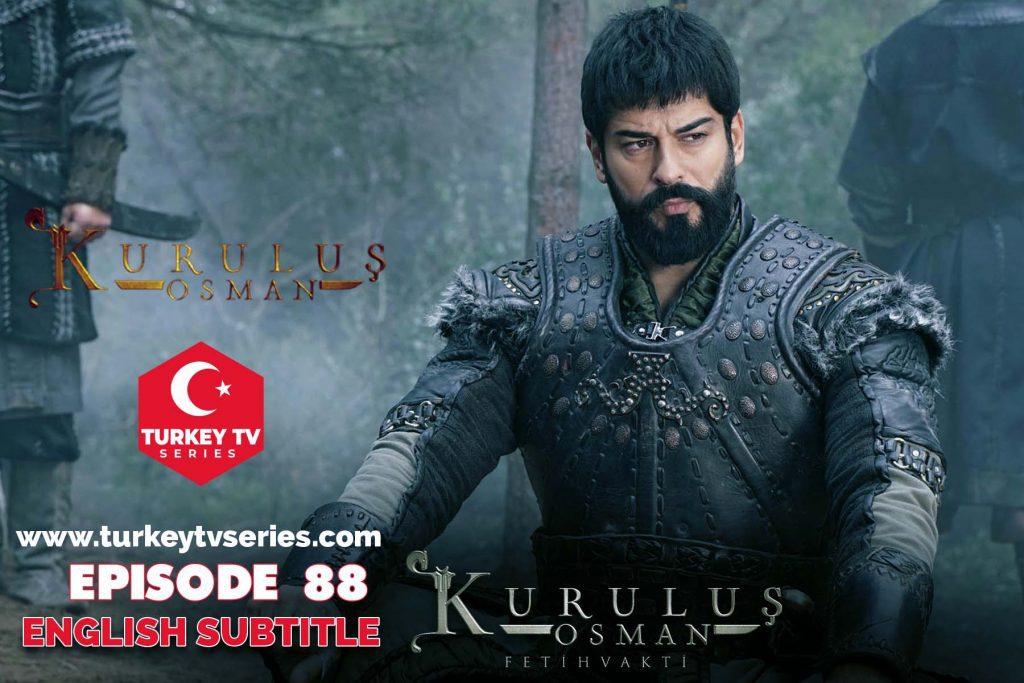
2 Those who showed an ability in the religious sciences prepared for the religious professions; those proficient in the scribal arts prepared for a career in the bureaucracy. The sultans, particularly Bâyezîd II who sometimes came to examine them personally, took a great interest in their education. According to Menavino, who had himself been an içoğlan, the Palace education aimed to produce ‘the warrior statesman and loyal Muslim who at the same time should be a man of letters and polished speech, profound courtesy and honest morals.
But its fundamental aim was to instill complete obedience and loyalty to the sultan. All means, Rycaut observed, were used to inculcate this ideal in the young men who were studying at the Palace school and destined to fill the highest offices of the empire. They learned that death in the sultan’s service was the greatest blessing.
The ak ağas – white eunuchs of the Palace – strictly supervised and disciplined the pages. Every minute of the pages’ day was regulated. They woke, slept, ate, rested and played at fixed times; they could not converse wherever and whenever they wanted; they were denied access to the world outside the Palace. They led bachelor lives, remaining in the Palace normally until they were twenty-five or thirty. Their every activity was controlled, infractions of rules bringing punishments suited to the offence – reprimand, bastinado, expulsion or death.
At the time of Selîm I there were forty ak ağas, serving under the kap ağas – the chief white eunuch – who was supervisor of the whole Palace and the sultan’s absolute deputy there. He made recommendations to the sultan for all Palace appointments and promotions and was in his confidence in affairs of state. However, with the increasing influence of the Palace women, the harem ağas – the black eunuch of the harem – became independent of and at times more powerful than the kap ağas .
The pages normally received four years training in one of the Chambers and then after another selection the most suitable went to the Chambers reserved for the personal service of the sultan while the remainder went to the cavalry units. There were four Chambers in the sultan’s service – the hâs oda (Privy Chamber), hazîne (Treasury), kiler (Larder) and seferli oda (Campaign Chamber). Pages graduating from the Lesser and Greater Chambers served in one of the last three Chambers, and could then after another review rise to the Privy Chamber.
The forty pages of the Privy Chamber attended directly on the sultan, being responsible for his toilet, clothing and weapons, and standing guard at night. The hâs oda baş – the chief of the Privy Chamber – was the person closest to the sultan, never leaving his side. He was, after the kap ağas , the most important functionary in the Palace. In 1522 Süleymân I even elevated his hâs oda baş , Ibrahîm, to the grand vizierate.
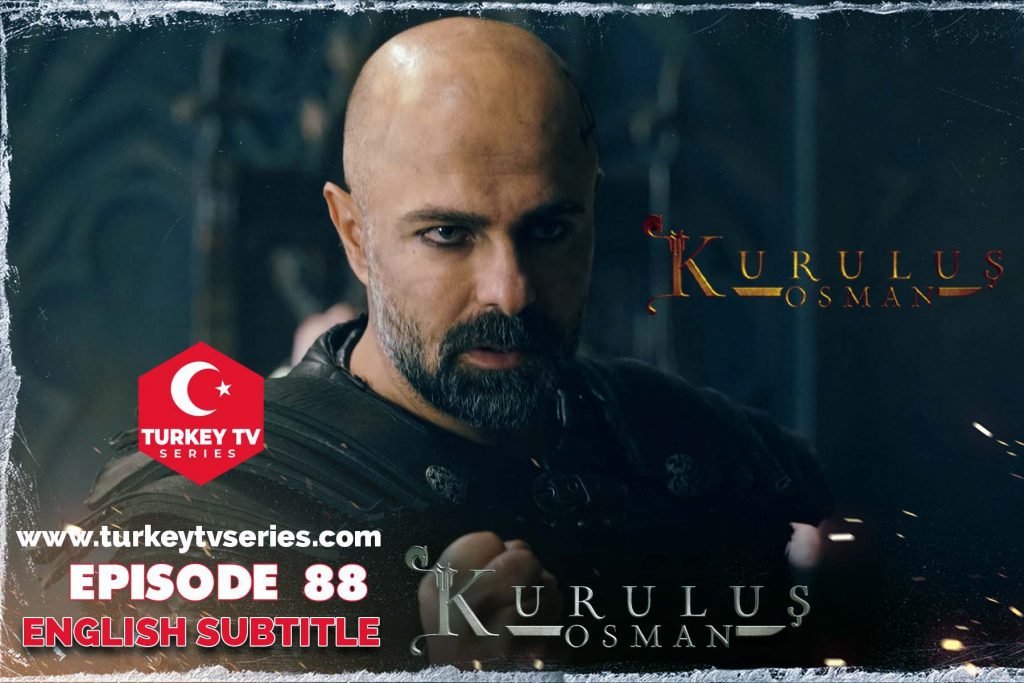
Beneath the hâs oda baş in the Privy Chamber were the silahdâr, who accompanied the sultan with his sword; the rikâbdâr, the sultan’s stirrup-holder; the çuhadâr, who kept the sultan’s outer garments; the dülbend oğlan , who kept his linen; and the s r kâtibi, his confidential secretary. Sixty pages normally staffed the Treasury Chamber, which housed the sultan’s valuables. The larder had a staff of thirty, raised to thirty-four after 1679, who prepared and served the sultan’s meals.
The Campaign Chamber was created in the early seventeenth century by bringing together in one Chamber laundrymen, bath- house attendants, barbers, musicians, singers and others. By 1679 this group totalled 134 people. After serving in these Chambers the most capable of the pages entered the Privy Chamber, while the others joined the sultan’s cavalry. The pages who finally graduated as senior ağas from the Privy Chamber were appointed to provincial governorships, to the direction of service groups in the Outer Palace, or to commanderships in the Janissaries or the sultan’s cavalry. The pages in these Chambers numbered 80 in 1475, 488 in 1568, and 900 in 1612.
No matter whether the boys were in origin Greek, Serbian, Bulgarian, Albanian, Hungarian or Russian, they severed all ties with their past. In the Palace they received a thorough Muslim and Turkish education, their teachers all being Muslim Turks. Above all, they were slaves of the Ottoman sultan, forming around him an imperial group and completely dependent on him for all things. They did not consider Anatolian Turks or any other group as their equals. For them, as for the dynasty, Holy War was the highest ideal, a kind of uniting ideology.
The Outside Service comprised all the organizations regulating the sultan’s relations with the outside world, comprising governmental and ceremonial offices and the sultan’s standing army.
The officers of the various groups were the mîr alem, the kap c baş , the kap c lar kethüdâs , the mîrahûr, the çak rc baş , the çaşrigîr baş , and the çavuş baş . There were in addition the military commanders – the ağa of the Janissaries, the siphâhî bölükleri ağalar – commanders of the sultan’s cavalry divisions – the cebeci baş – chief armourer, and the topçu baş – chief gunner. The others are described below.
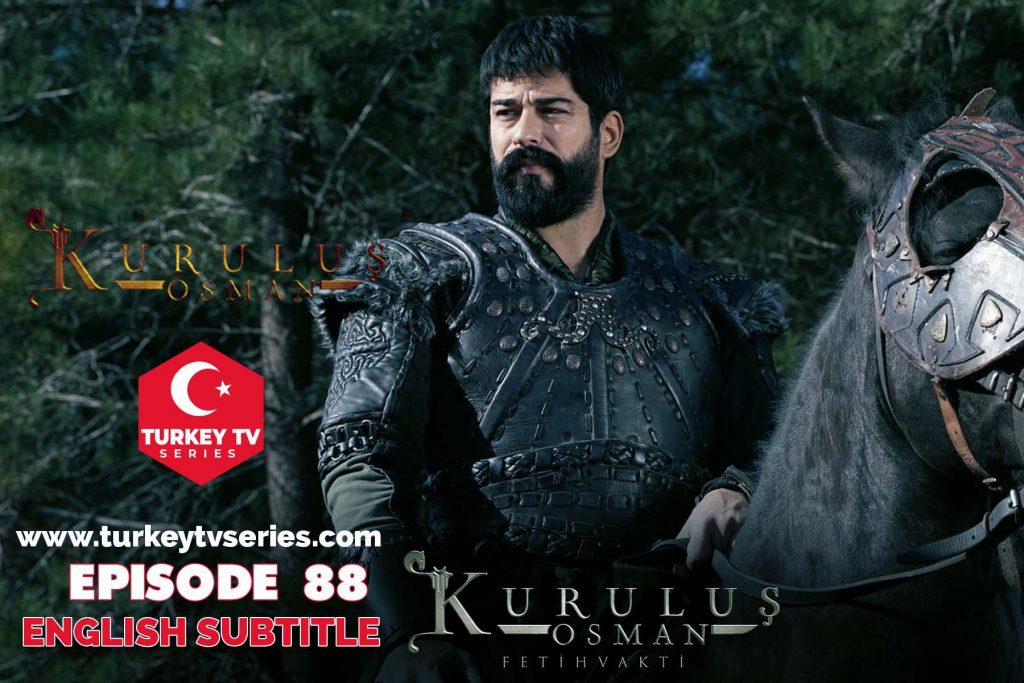
The mîr alem was custodian of the sultan’s symbols of sovereignty – the standard, horse-tails, tents and military music. It was he who ceremonially presented newly appointed governors with the standard and horse-tails, symbolic of the sultan’s authority. At the beginning of the seventeenth century he had 1,063 grooms serving under him, 835 of them as tent grooms.
The kap c baş – the chief gate-keeper – was commander of the gate-keepers who guarded the outer entrances to the Palace. This group, organized as military units, comprised five hundred men in 1510 and 2,007 in 1660. His lieutenant, the kap c lar kethüdâs , together with the çavuş baş , had the duty of maintaining order and protocol at meetings of the imperial council. It was he who summoned and ushered the plaintiffs into the imperial council, and administered bastinado sentences.
Under him came the commanders of the units, also known as kap c baş s. The government employed these on embassies; to convey orders to governors; as inspectors; and to administer punishments.
The mîrahûr and his assistant, the lesser mîrahûr, had responsibility for the animals, stables, carriages and sedan chairs, both inside and outside the Palace. His organization numbered 2,080 in 1540, rising to 4,322 by the beginning of the seventeenth century, and included among others grooms, saddlers, shoeing-smiths, veterinary surgeons and muleteers.

In 1547 there was a sister organization in the provinces, employing several thousand people, and responsible for maintaining pasture land and breeding transport and riding animals.
The çak rc baş – the chief falconer – headed an organization responsible for the royal hunting birds.
In addition to the three divisions in the Palace there was a large associated organization in the provinces. The reâyâ, who worked for this organization, were exempt from taxation in return for capturing and training falcons. In 1564 they numbered about 3,500. The çaşnigîr baş – chief taster – and the men under him served meals to the members of the imperial council, who took breakfast and lunch in the council room, and waited at banquets given in the council room for foreign ambassadors.
Turkey TV Series
To Be continue…..


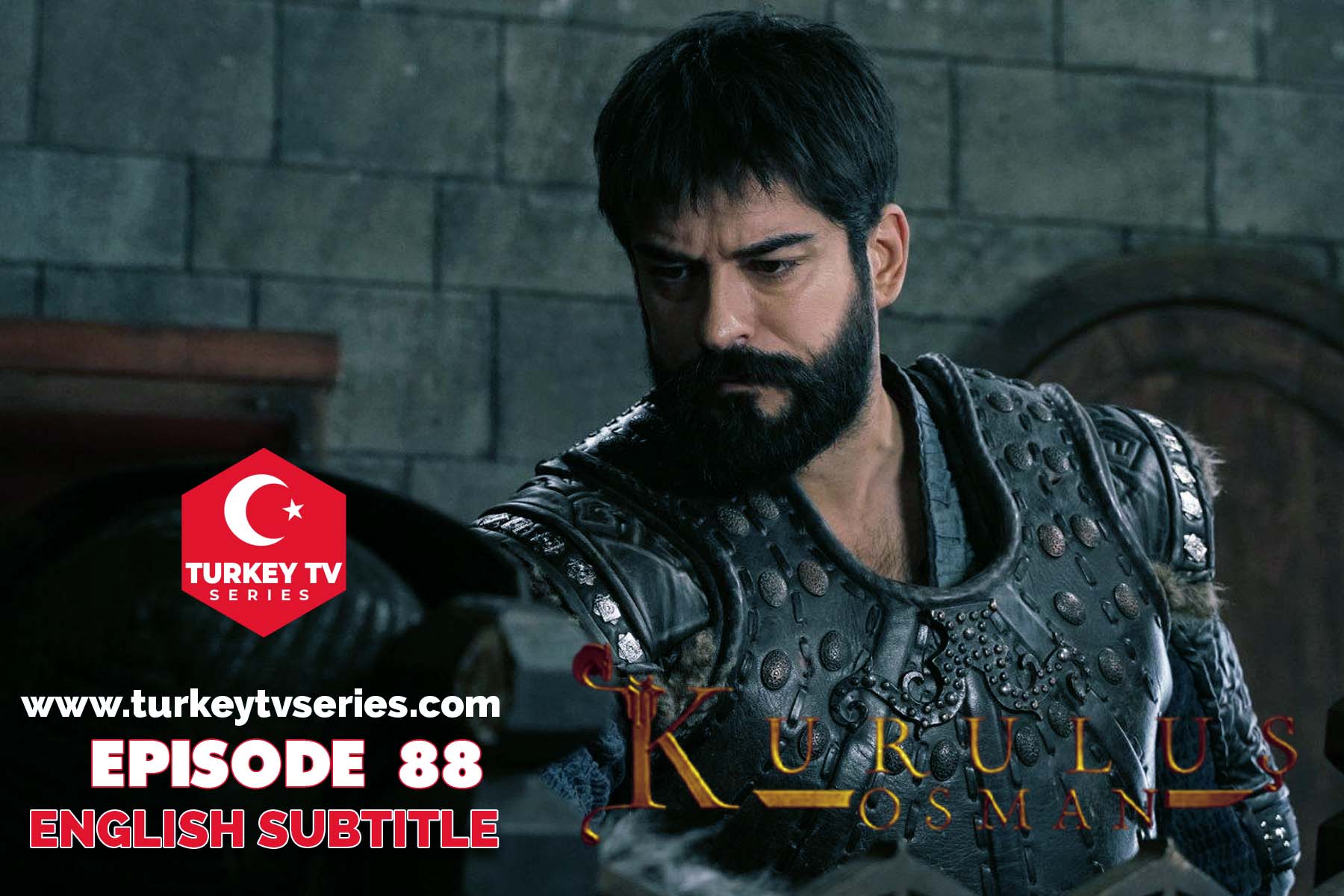

[…] Ağas who served as provincial governor gained experience and skill in administrative and military matters. The most distinguished of them could rise to become beyler beyi of Rumelia, the senior provincial governorship, whence they could be promoted to the rank of vizier in the imperial council in Istanbul. Lutfî Pasha, one of Süleymân I’s grand viziers, described, in an autobiographical sketch, life in the Palace organizations. Episode 88 […]
[…] Ağas who served as provincial governor gained experience and skill in administrative and military matters. The most distinguished of them could rise to become beyler beyi of Rumelia, the senior provincial governorship, whence they could be promoted to the rank of vizier in the imperial council in Istanbul. Lutfî Pasha, one of Süleymân I’s grand viziers, described, in an autobiographical sketch, life in the Palace organizations. Episode 88 […]